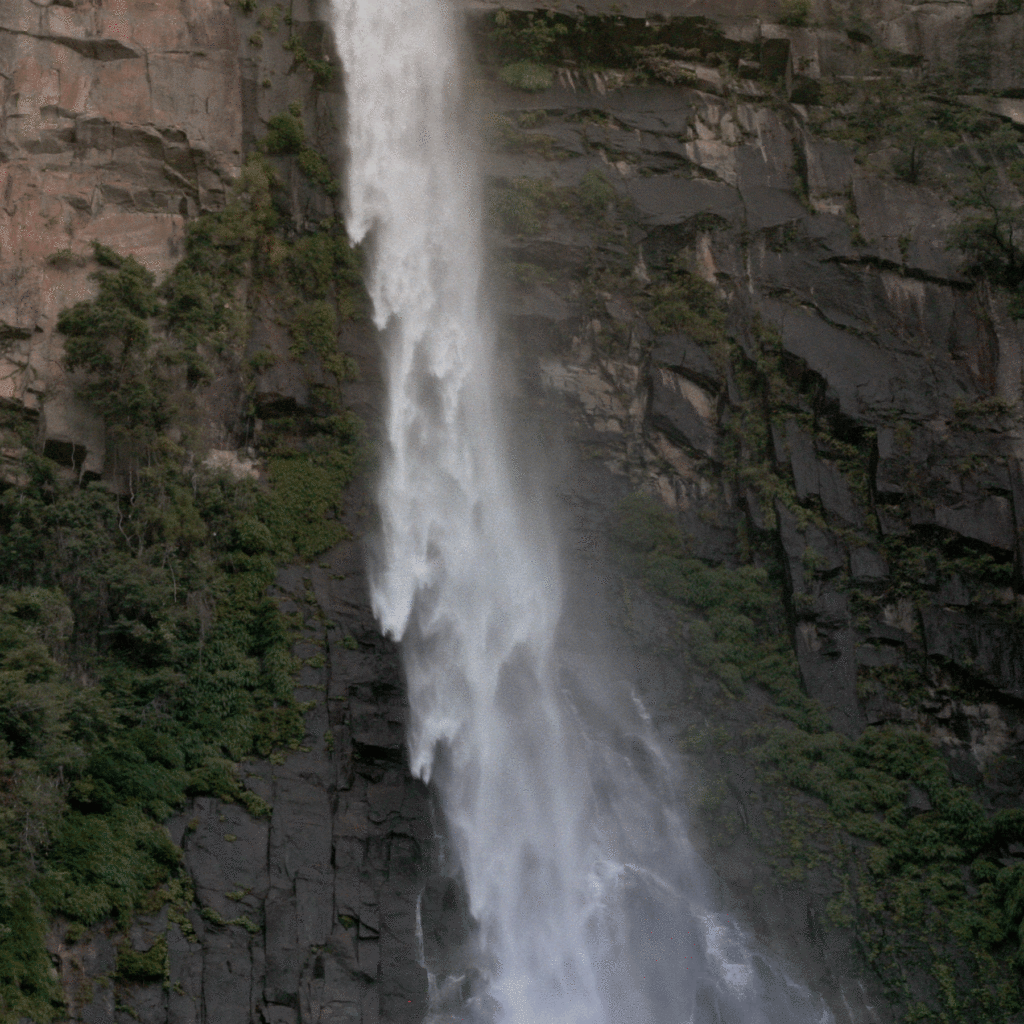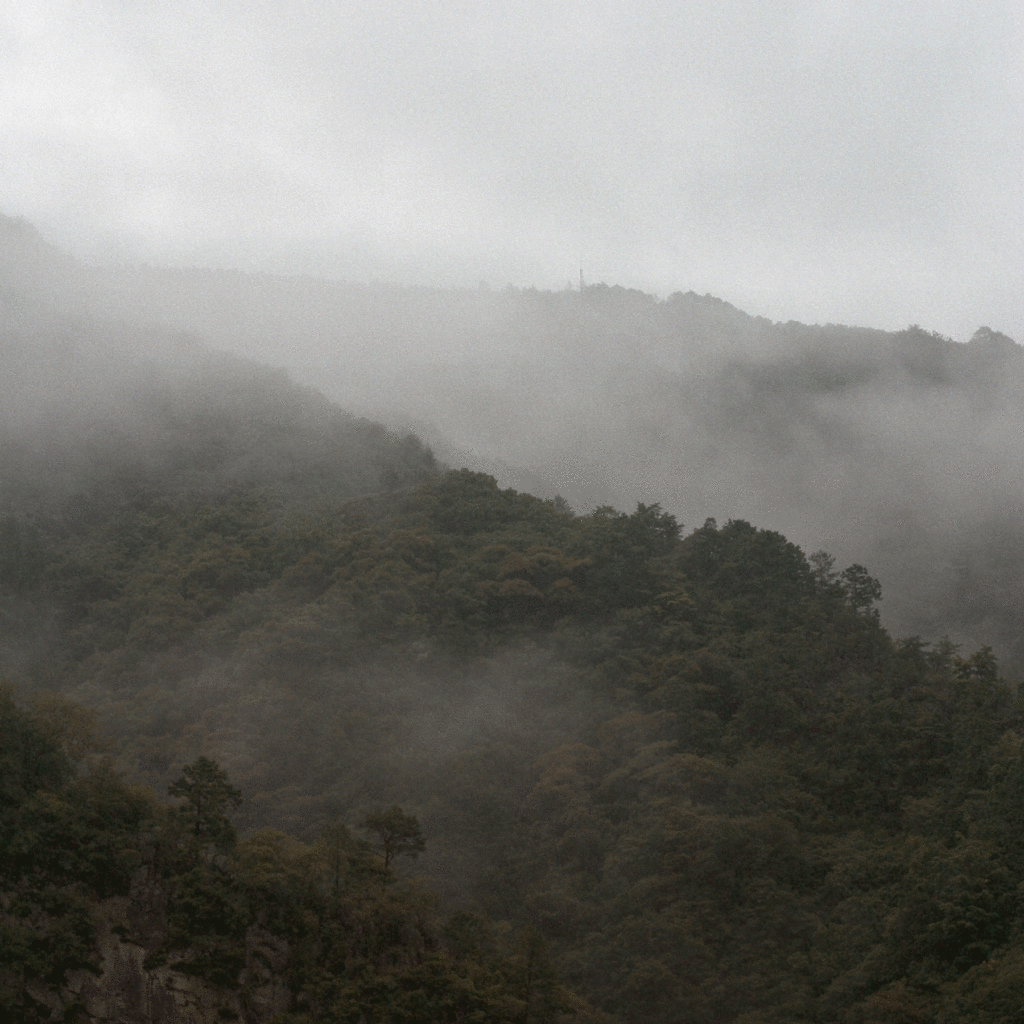Story 01 | At the dawn of japan, a waterfall
Kumano is the name of Japan’s eden; a mountainous, rainy region in the Kii Peninsula, south of Kyoto. It is a place which represents the origin of the Japanese psyche, identity, religion and culture. Kumano is filled with sacred shrines, waterfalls, stones and roads. The most iconic of all those sites is Nachi-Taki, a waterfall which emerges out of the forest, and falls in a spectacularly straight line. Yoshihide Asahi is the high priest at the shrine next to the waterfall, a shrine who’s job is it to honor the deity within its waters. Looking out at the water falling, on a typically foggy day, he explains Kumano as “a kind of spiritual home for the Japanese people. People think of shrines and sacred statues when they think of Kumano, but these things have no real meaning. This area is where the Japanese spirit was born, long before there were buildings or statues here.” Falling in front of him, the water travels 133 meters before sinking into a pool, surrounded by trees. This waterfall is one of Japan’s oldest gods, and even now it represents Isanami, a mythical Eve figure in Japan. With Isanagi (the Adam figure) she created the world, the sun, and the gods.

“I saw the waterfall for the first time in 1952 when I was on a vacation with my family,” Yoshihide remembers. He has now been living here for 50 years, working his way up to become high priest, linking the old gods and the people. These old gods are what make this area so unique. This is the site where Japan’s different strains of beliefs blended together: Buddhism, Shintoism and Shugendo (relating to Japan’s early mountain worshippers). “You can look at the front of your hand,” says Yoshihide, “or its side, or its back, but it’s all still part of your hand. It’s about understanding. In Japan we have over 800 gods, we worship all of them, they’re all parts of something much larger.” The root of this Japanese way of thinking can be traced, through old folk stories, back to the Nachi waterfall. “Around 2700 years ago, the first Emperor, Jimmu, came here by boat from Kyushu because at that time there were no roads built through the forest. He would have been surprised to see such a large waterfall in the forest, with nothing really around it, and began exploring the region.”
In this way Shintoism (brought by the Emperor) was introduced to Animism (practiced by locals in the Kumano area), and soon after Buddhism would be adopted also, basing its practices on Koya Mountain, to the north. “After wandering these mountains, led — so the story goes — by a three legged crow, the Emperor would eventually settle in Nara, beginning a new era for Japan. To show his appreciation for Kumano he named the area “the dawn of Japan,” but you could say the waterfall itself is the site which marks the first glimpses of light. “Sometimes I just sit and watch it changing,” says Yoshihide, looking out at the water falling, “everyday it is different. The power of nature is much more than we are capable of imagining.”
< PAPERSKY no.39(2012)>












